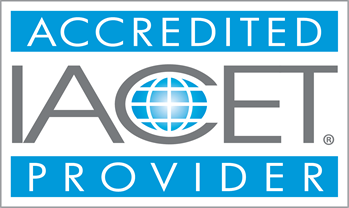Free Course
10 Hour OSHA General Industry Safety and Health
The OSHA 10-Hour General Industry Safety and Health training offered by PDH Safety goes above and beyond simple compliance. It equips you with entry-level skills that you need to identify and avoid dangers in general industry settings. You'll acquire a thorough awareness of workplace safety laws and recommended procedures in 10 hours.
Course Modules - (11)
Learning Outcomes:
- Understand safety protocols in the workplace.
- Recognize potential hazards and mitigate risks.
- Working and walking surfaces
- Emergency plans and exit routes
- Safety data sheets and labeling program
- Electrical safety
- Personal protective equipment
- Hazard communication
- Lockout/tagout
- Machine guarding
- Record keeping
- Other topics as required.
Completion Requirements:
- 100% appearance for the course
- Fully involvement in all class trainings (determined by instructor)
- Completion of Continuing Education and Training Registration Form
- Completion of mandatory quiz assessments
- As applicable, attainment of least passing score on required end-of-course examination
- Participation and submittal of end-of-course assessment form (must provide name on form to obtain credit)
Students may request IACET CEU credit upon successful completion of the course, provided all required criteria are met. This option is available for those who wish to receive official recognition of their continuing education.
Online OSHA classes tend to be more cost-effective than in-person courses. You can save on travel expenses, lodging, and other associated costs, making online training a more budget-friendly option. Additionally, online courses can often be completed more quickly than their in-person counterparts, as you can work through the material at your own pace and without the constraints of a fixed class schedule.


